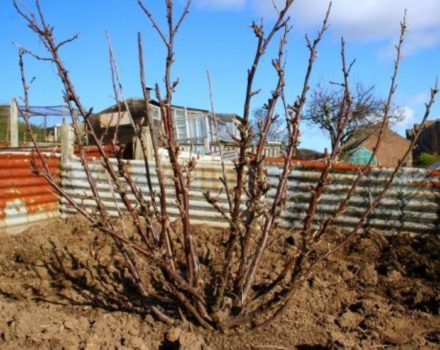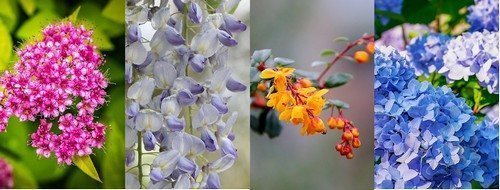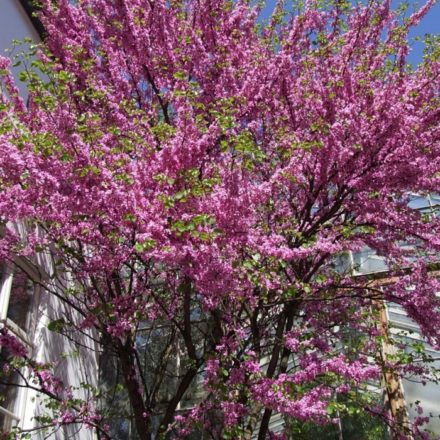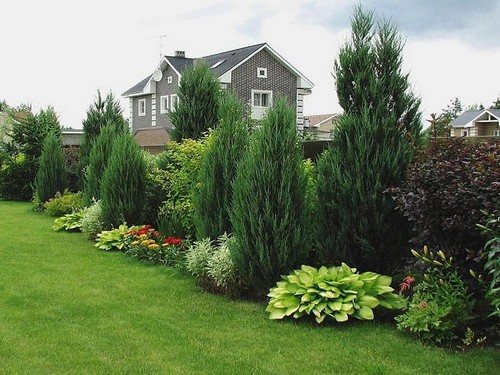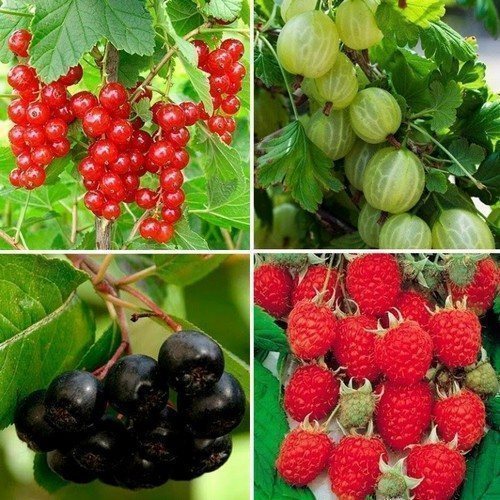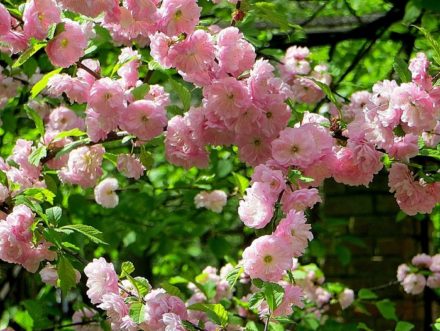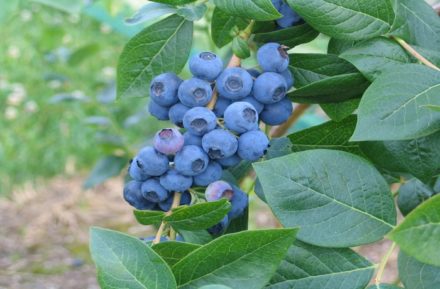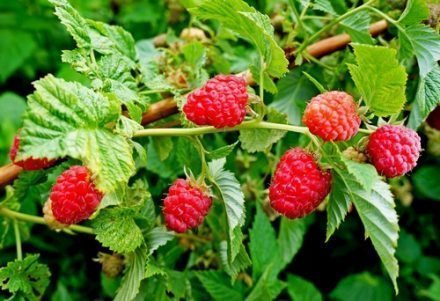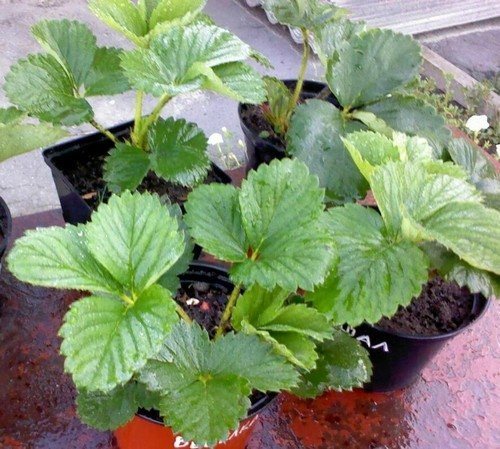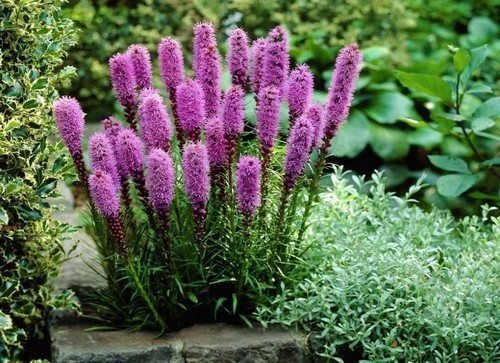Graceful weigela from the Honeysuckle family has been popular in landscape design since the mid-19th century. The flowers of this shrub vaguely resemble jasmine, but unlike it, weigela is not capricious. The main thing is to adhere to several basic rules and recommendations when planting and caring for it.
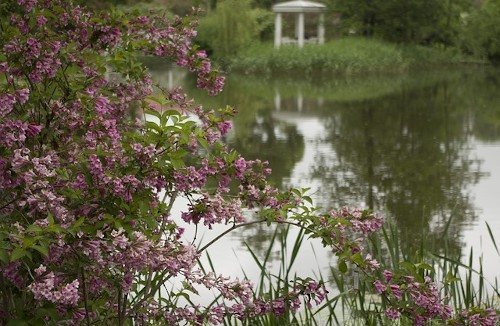
Optimal landing time
The homeland of most varieties of weigela is Central Asia. Varietal weigela spread throughout the world from Europe, but still did not acquire high cold resistance during selection. Therefore, it is not recommended to plant weigela in the fall - it almost certainly will not survive the winter. Planting is done in March - April, before the buds of the bush swell. But if a seedling with a closed root system was purchased, it can be planted until June.
It is also useful for gardeners to know that Middendorf and early weigela, which are sometimes found on sale, are wild-growing species that can survive in open ground only in mild climatic conditions like the southern territories of the Far East.
Seedlings three years old and older have the highest viability and adaptability. Young plants are often purchased in winter, which means they need to be preserved, kept from premature growth, until spring. There are three ways to do this:
- seedlings are buried in the area at a slight angle and the roots and crown are covered with soil;
- The seedlings are placed in a cellar or on a glazed balcony, where the temperature should be within +5...10 °C, buried in a container with wet sand or wrapped in a film with holes and newspapers.
Before planting, such seedlings are allowed to lie open for a day in the fresh air.
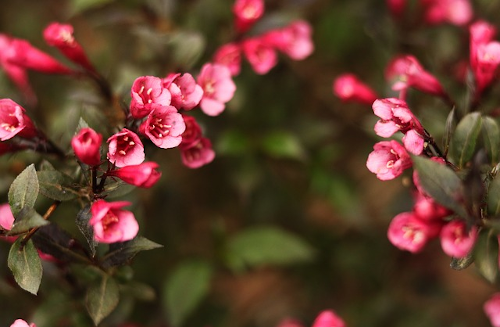
Choosing a suitable location
In the garden, an area is set aside for weigela, protected from cold drafts and strong gusts of wind. Also, in the area for this shrub, melt and rain water should not linger, and groundwater should not lie close to the surface. Bright and abundant flowering of weigela is possible only with sufficient lighting, so nothing should shade it.
Weigela is also demanding of the soil, which should be:
- with a neutral or slightly alkaline reaction;
- loose, breathable;
- highly fertile.
The best option is loam, but the wild, previously named Middendorf weigela also lives well on slightly acidic peat soil.
But those gardeners whose plot is sour or whose other characteristics are not suitable for weigela should not be upset. Thanks to the root system that does not grow luxuriantly, this shrub can be grown in tubs.
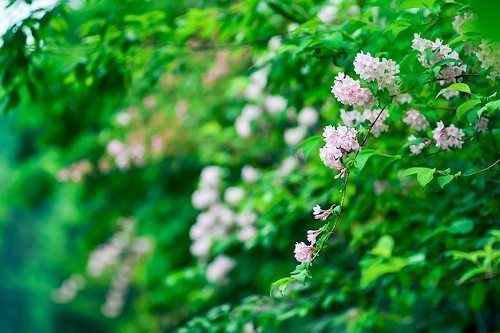
Planting weigela
The width of the planting hole for a seedling is always standard - approximately 50 cm, but the depth, firstly, should be 20 cm greater than the height of its earthen ball, and can also be increased further if the site has dense soil. The dimensions of the hole for an adult bush should correspond to its root system with an increase of about 30 cm for width and depth.
To prevent waterlogging, a drainage layer 15 cm thick is created at the bottom of the pit from small pebbles mixed with sand or crushed bricks.
- The soil mixture should ideally contain:
- 2 parts coarse sand;
1 part turf soil;

2 parts leaf humus;
10% of the total volume of crushed wood charcoal.
When arranging a seedling or grown bush in a hole, it is very important to carefully tamp the soil, preventing the formation of air voids between the roots. In the case of moving an adult bush, for faster adaptation, its root collar in a new place should be at the same level as in the previous one. After finishing with planting, the near-trunk circle of the weigela is mulched with peat or manure.
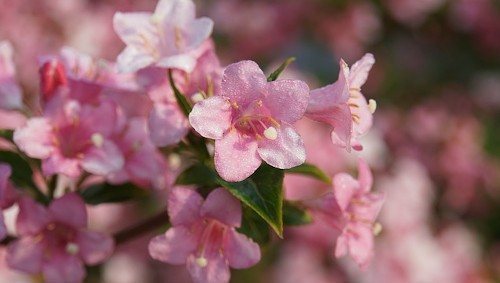
Fertilization
Rarely does any ornamental shrub respond so well to fertilizing as weigela. But it is not recommended to rush to fertilize on snow: the substances that weigela needs at the beginning of the season simply will not reach it with this method of application - they will flow away with melt water, evaporate from the surface of the thawing earth.
- It is also useful to know that in the first growing season of a seedling, all fertilizers should be applied at 50% of the recommended concentration.
- The first time fertilizer is applied at the time of formation of flower buds - each bush requires 30 g of potassium sulfate and superphosphate.
- At the end of July - end of August, it is recommended to apply azofoska in the form of granules, and the correct proportions should be indicated on the label - 16:4:8, corresponding to the percentage of nitrogen, phosphorus and potassium in the fertilizer.
- The third and final feeding is applied simultaneously with the autumn digging of the site. In principle, you can take ordinary wood ash, which is nutritious for weigela and can also protect its root system from winter rotting.
- 5 rules for planting red currants in September
- PruningGardening work on currant “galleys” in August
The soil mixture should ideally contain:
2 parts coarse sand;
1 part of turf land;
2 parts leaf humus;
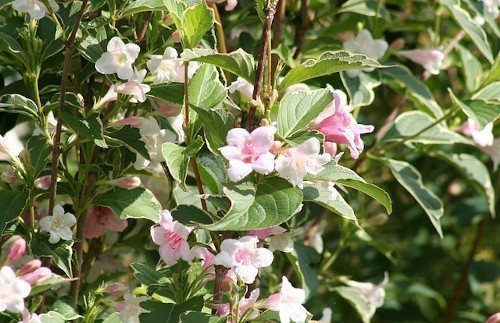
10% of the total volume of crushed charcoal.
When planting a seedling or a grown bush in a hole, it is very important to thoroughly compact the soil, preventing the formation of air voids between the roots. If an adult bush is moved, for speedy adaptation, its root collar in the new place should be at the same level as in the previous one. Having finished planting, the weigela tree trunk circle is mulched with peat or manure.
Rarely does an ornamental shrub respond as well to fertilizing as weigela. But it is not recommended to rush to fertilize in the snow: the substances needed by weigela at the beginning of the season simply will not reach it with this method of application - they will flow away with meltwater and evaporate from the surface of the thawing ground.
It is also useful to know that in the first growing season of a seedling, all fertilizers should be applied at a concentration of 50% of the recommended rate.
The first time the fertilizer is applied is during the formation of flower buds - 30 g of potassium sulfate and superphosphate are required for each bush.
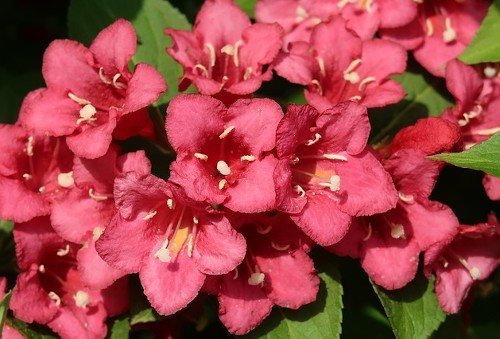
At the end of July - end of August, it is recommended to apply azofoska in the form of granules, and the correct proportions should be indicated on the label - 16:4:8, corresponding to the percentage of nitrogen, phosphorus and potassium in the fertilizer.
The third and final fertilizing is applied simultaneously with the autumn digging of the site. In principle, you can take ordinary wood ash, which is nutritious for weigela and can also protect its root system from winter rotting.
- 5 rules for planting red currants in September
- Trimming
- The first time pruning of weigela is carried out in the spring - for sanitary purposes, removing branches:
- frozen;
with signs of illness;
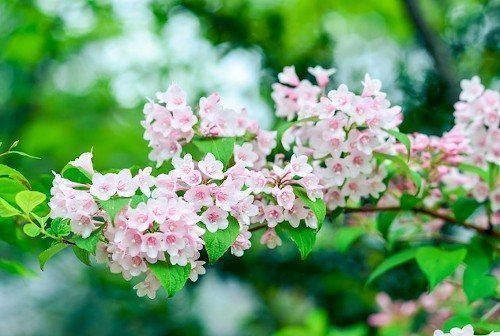
intersecting, which are capable of rubbing each other, damaging the bark;
growing towards the inside of the crown;
excessively thickening the bush.
In addition, in order to achieve luxurious flowering of tall varieties of weigela, it is allowed to remove the growing point from the branches of the bush in May.
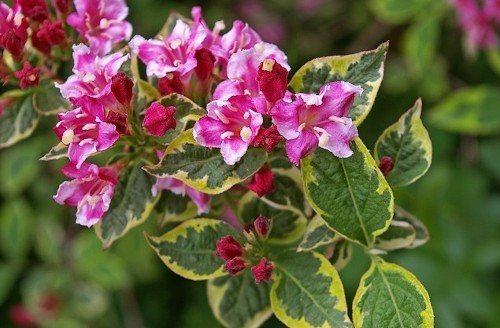
The second pruning is formative, and occurs in mid-summer immediately after the completion of the first weigela flowering. It is important to emphasize that for autumn flowering, weigela grows flowers on the shoots of the current year, so formative pruning must be done before their growth begins.


